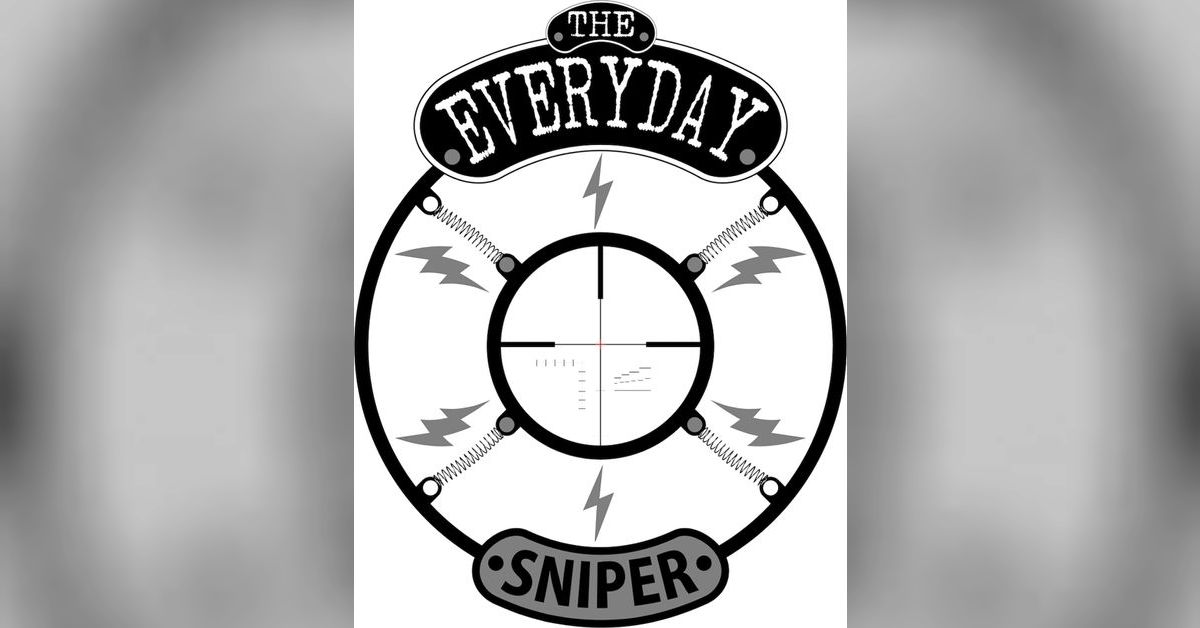We are hosting a 10 part series with Berger and Bryan Litz and Emil Praslick
If you want me to ask specific questions you can post them here:
The Articles being referenced in the discussions will be found at Berger, you can find the links in the other posts,

 bergerbullets.com
bergerbullets.com
Ballistic Coefficient (BC) is a measure of external ballistic performance for bullets. The higher a bullets BC is, the less drop, and wind deflection it will have at all ranges for a given muzzle velocity and environment.
BC is a number that can be used as an input for ballistic solvers to predict trajectories. BC is also used as a selling point for long range bullets so due to this marketing use, sometimes BC’s are inflated or skewed by manufacturers to sell more bullets. As a long range shooter who cares about hitting targets, it’s important to understand the basics of BC so you’re not mislead by marketing hype.
To be more specific, Ballistic Coefficient is a measure of how well a bullet retains velocity as it flies downrange, in comparison to a standard.
If you want me to ask specific questions you can post them here:
The Articles being referenced in the discussions will be found at Berger, you can find the links in the other posts,

What is a bullet BC?
BC stands for Ballistic Coefficient. A Bullet BC is a measure of external ballistic performance. BC's are typically reffered to by either G1 or G7.
Ballistic Coefficient (BC) is a measure of external ballistic performance for bullets. The higher a bullets BC is, the less drop, and wind deflection it will have at all ranges for a given muzzle velocity and environment.
BC is a number that can be used as an input for ballistic solvers to predict trajectories. BC is also used as a selling point for long range bullets so due to this marketing use, sometimes BC’s are inflated or skewed by manufacturers to sell more bullets. As a long range shooter who cares about hitting targets, it’s important to understand the basics of BC so you’re not mislead by marketing hype.
To be more specific, Ballistic Coefficient is a measure of how well a bullet retains velocity as it flies downrange, in comparison to a standard.


